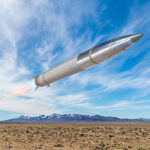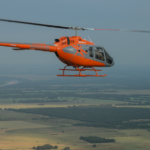
U.S. officials have said the uptick in detection of high-altitude objects intruding into U.S. airspace, to include three such objects shot down since Friday, may be due to recent radar enhancements that have allowed for greater scrutiny of such events. “In light of the People's Republic of China balloon that we took down last Saturday, we have been more closely scrutinizing our air space at these altitudes, including enhancing our radar, which may at least partly explain the increase in…

 By
By 











